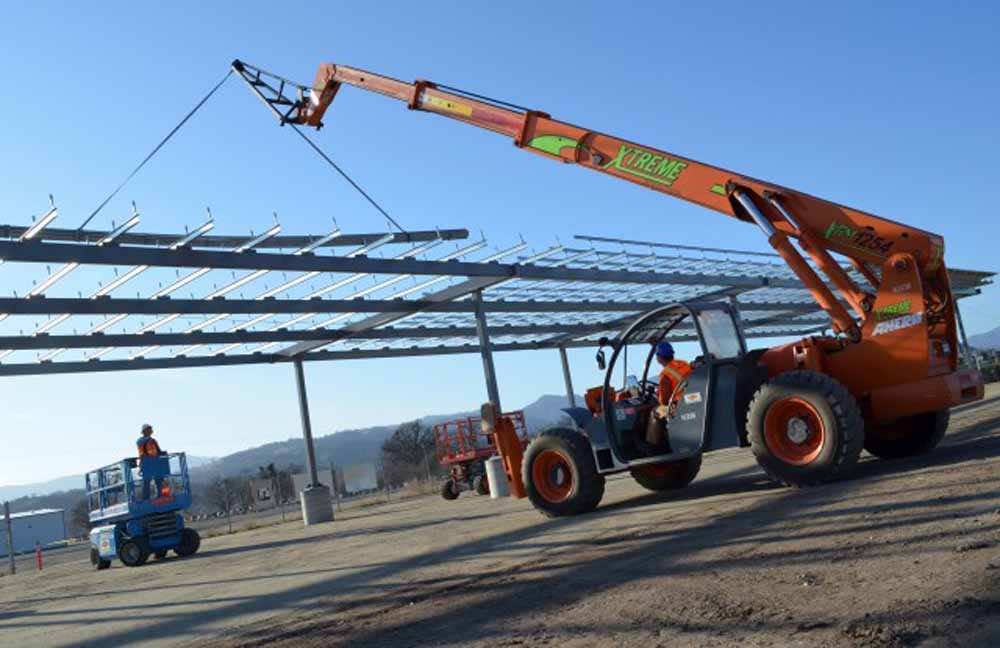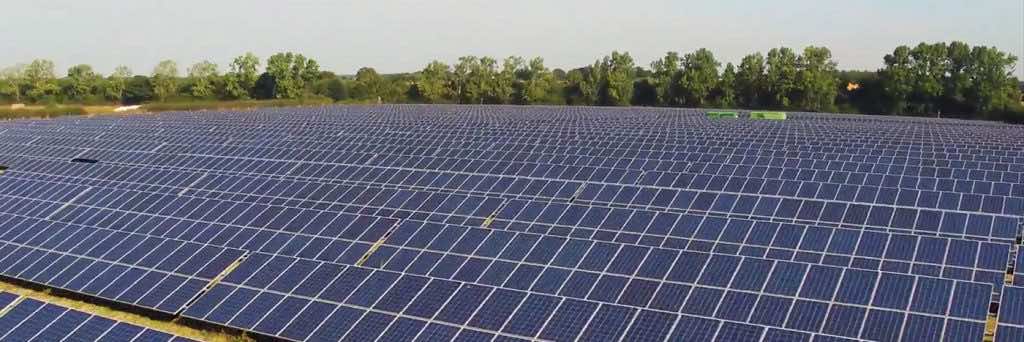The United States Army is committing to using 100% carbon-pollution-free electricity by 2030. It plans to do so by building new renewable energy schemes and by purchasing clean electricity.
The United States Army Climate Strategy starts with a quote from the Secretary of Defense Lloyd J. Austin III in the following words: “We face all kinds of threats in our line of work, but few of them truly deserve to be called existential. The climate crisis does. Climate change is making the world more unsafe and we need to act.”

Army aims to install a microgrid as well at each and every installation by 2035, with investments in “onsite, backup” renewable generation and large-scale battery storage. The Army plans to run after enough renewable generation along with battery capacity to self sustain the critical missions by 2040.
Moreover, by 2025, the Army aims to inspect all its supply chain Tier 1 sources and contracts for climate change risks in order to preserve its acquisition capabilities. Then by 2028, the Army intends to ensure supply chain resilience by developing suitable plans, policies, and contracts.
“For today’s Soldiers operating in extreme temperature environments, fighting wildfires, and supporting hurricane recovery, climate change isn’t a distant future, it is a reality,” said Secretary of the Army Christine E. Wormuth, in a foreword to the document.
By taking an example of the hurricane recovery work of the Army National Guard, it can be noted that the soldiers assigned to the Louisana Army National Guard transported flood relief goods in southeast Louisana, after more than 30 inches of rainfall caused severe flooding there, as part of a mobilization of more than 1000 personnel.

The strategy document about the same states “the Army will lead by example”. After stating this, it adds in boldface that “The Army’s core purpose remains unchanged: to deploy, fight, and win the nation’s wars by providing ready, prompt, and sustained land dominance as part of the Joint Force.”


